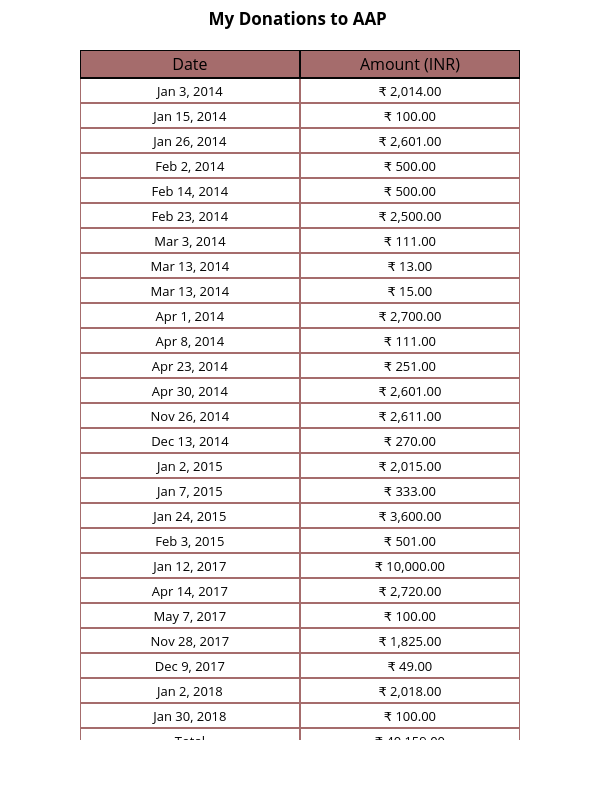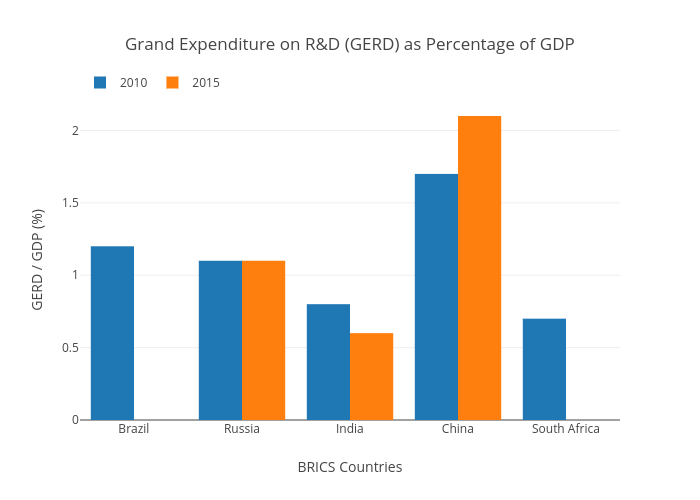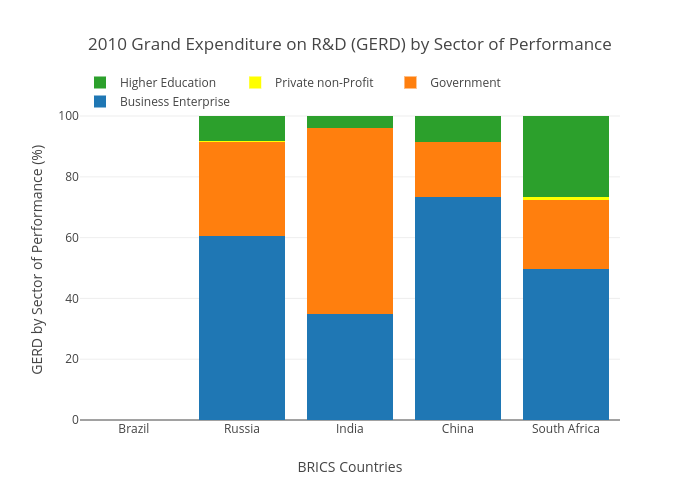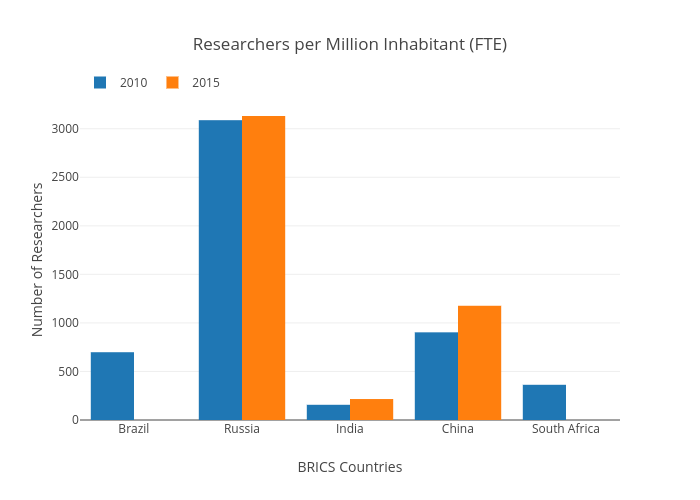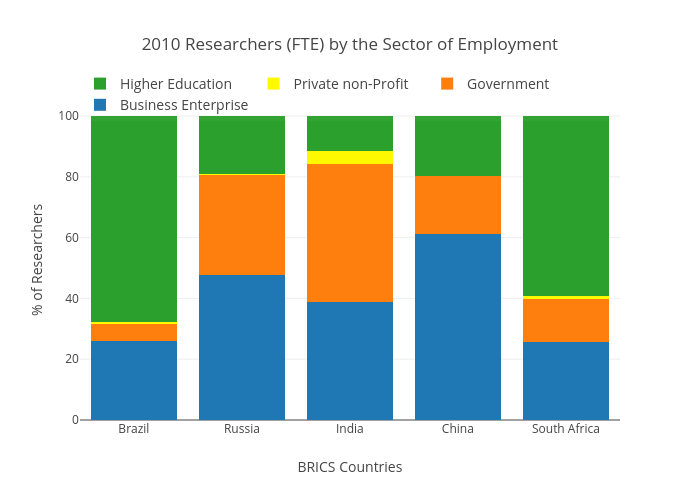The issue of sealing is not new in the Capital. Sealing started more than a month ago on Dec 22, 2017. In the process many local businessmen raised their voice against it. More details about sealing can be easily found on the internet. On Tues (Jan 30, 2018), Delhi CM Arvind Kejriwal called a three party meeting at his residence. Parties invited were:
Arvind Kejriwal requesting members to have seat and tea (video 1)
- All BJP MPs (Harsh Vardhan and Vijay Goel couldn't make it) and MLAs
- Three MCD Councillors
- AAP MLAs
AAP team wanted this to be an open discussion among selected representatives in the presence of media. In all the footage surfaced on media and social media, BJP members and Councillors haven't seen be seated (empty seats can be seen in front of them). The planned meeting didn't go well and ended without a fruitful discussion. Without having a seat, BJP MP Manoj Tiwari started the discussion with other Delhi issues and governance model. It started good as Arvind Kejriwal can be seen taking notes and rest of team listening to them.
BJP MP Manoj Tiwari talking about issues (before they left)
By the end of the day, BJP MP and others end up filing a police complaint against some of AAP members for manhandling them. I couldn't find the videos of members entering in the meeting room but have the videos after they entered and started chatting/discussion with each other. Following is the video when BJP members and Councillors started leaving the meeting room.
Manoj Tiwari and Vijendar Gupta talking about measures their team and MCD took (members leaving the meeting)
In between above two videos, Arvind Kejriwal and team requested all of them to have seat, tea and discuss the issues.
Arvind Kejriwal requesting members to have seat and tea (video 1)
Arvind Kejriwal requesting members to have seat and tea (video 2)
 |
| Arvind Kejriwal requesting members to have seat (Photo 1) |
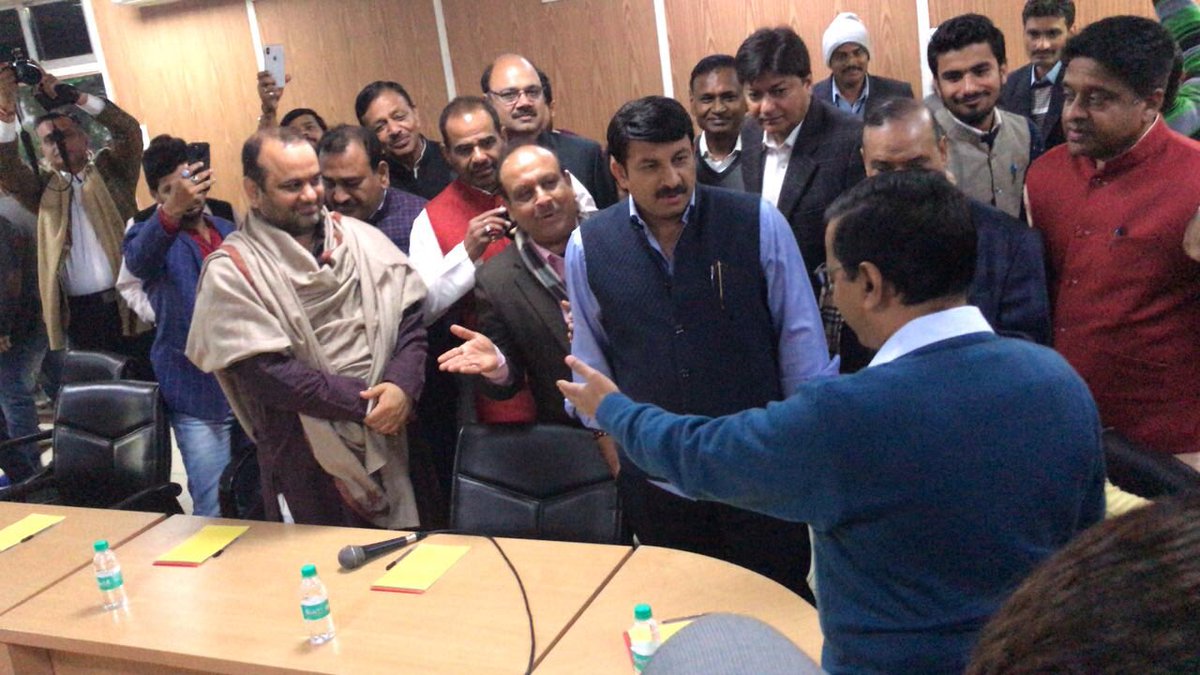 |
| Arvind Kejriwal requesting members to have seat (Photo 2) |
Front view of members of BJP and Councillors leaving the meeting room.
Rear view of members of BJP and Councillors leaving the meeting room.
Slogan raised against BJP and their members while they were leaving the venue.
Arvind Kejriwal visited the marked and talked to the vendors after meeting was ended without proper discussion.

